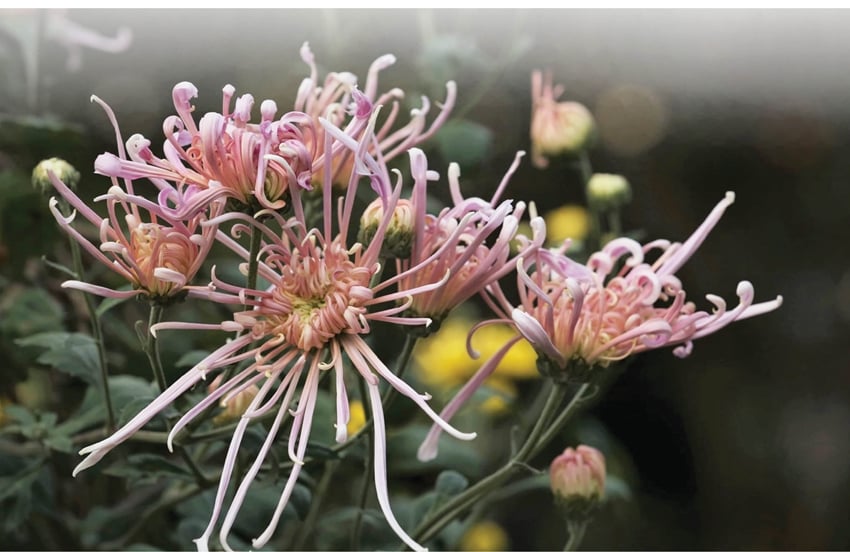 |
| The flower has a charming and elegant shape, but is difficult to care for, so people cherish and pamper the chrysanthemum very much. Photo: Dao Manh Hung |
The King of Flowers
At 10pm, Mr. Minh Tung in Giap Bat, Hanoi still has the habit of taking care of several pots of chrysanthemums. When in high spirits, he and his son eat cake, enjoy tea and admire the flowers in the rooftop garden of only 10 square meters. The community of chrysanthemum lovers continuously admire the masterpieces from his garden with many words of admiration and praise.
At the age of 50, his passion for chrysanthemums remains the same as when he first started growing flowers with his parents. This man has had many heated debates about the origin and hobby of growing chrysanthemums. He said that the elders in the traditional flower village of Nghi Tam (Hanoi) recounted that in the past, only wealthy mandarins grew chrysanthemums.
In Eastern culture, chrysanthemum is a symbol of longevity, fortune, nobility, and luxury; ranked among the four noble flowers: pine, chrysanthemum, bamboo, and apricot. People consider chrysanthemum as the “king of flowers”, with the characteristic “Leaves do not leave the branches, flowers do not fall to the ground”. After completing the process of offering their fragrance and color to life, chrysanthemum does not blend into the ground but gradually dries up on the tree.
Northern chrysanthemum players are popularizing and exchanging many types of ancient chrysanthemums, but the most valuable and sought-after are the yellow dragon claw (cào), the red tu kieu, and the white peacock. When these three types bloom, their petals are softly curved, their flower shapes are charming, and they are difficult to care for, so players cherish and pamper them immensely. Each stage of flower development has its own interesting features such as the excitement of budding, the shyness of smiling, or the overwhelming emotions when blooming brilliantly. The trio of luxurious and gorgeous ancient chrysanthemums are sought after by many families in Hanoi, and were popular for Tet decoration in the early 20th century, then became scarce, and have recently become popular again.
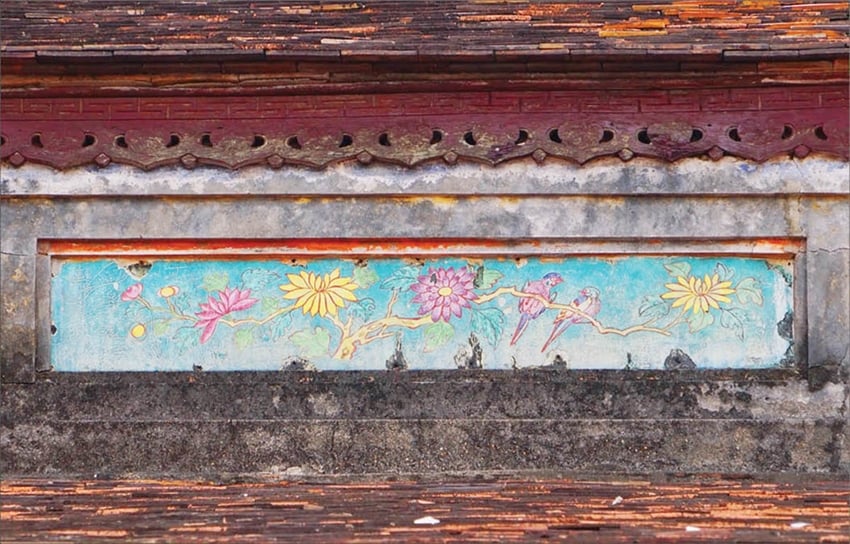 |
While some people collect chrysanthemums individually, at the Vietnam Ornamental Plant Park, Director Dao Manh Hung and his staff collected and set up a dedicated area for chrysanthemums, including rare varieties of chrysanthemums. Mr. Hung once organized a large-scale exhibition of chrysanthemums and Vietnamese ceramics, attracting public attention, recalling memories of the hobby of the ancient Hanoians.
To have a large-scale garden, a destination for thousands of tourists, Mr. Hung spent many years searching, cultivating, and shaping the ancient chrysanthemums in each ceramic pot. Many ancient chrysanthemum pots were offered several million VND but he did not sell.
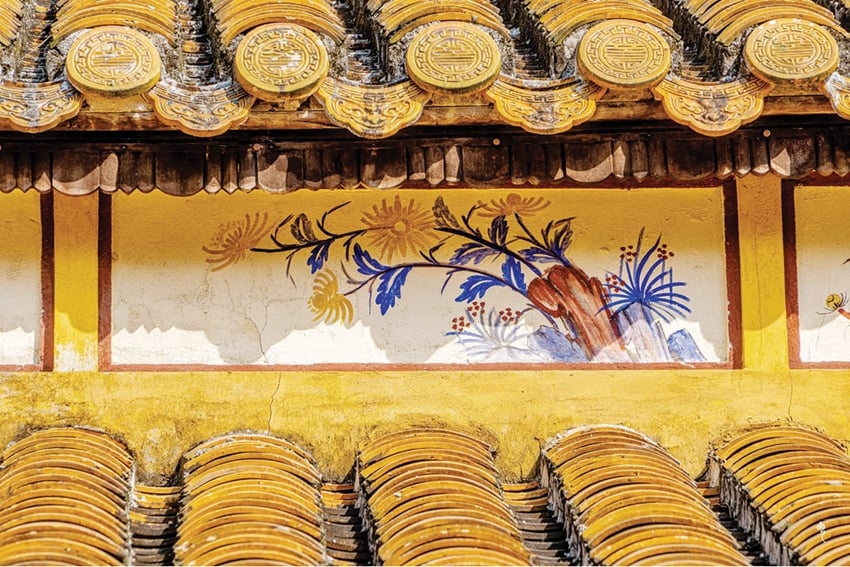 |
Think of a royal botanical museum
Through connections, searching for palaces, gardens, and researchers, information about ancient chrysanthemums in Hue is quite rare. However, culinary artist Mai Thi Tra, 90 years old, granddaughter of King Duy Tan's wife, revealed a rather interesting detail. Looking back on her memories, she said she had seen two types of red tu kieu and white khong peacock (as the image and name are now) - in the past, they were called big chrysanthemums. "Only palaces and mandarins' houses grew this flower. When the plant grew into tall branches, the grower would insert bamboo sticks around it to support it and take very good care of it," she recalled.
A descendant of My Hoa Cong Palace - Nguyen Phuc Loi, grandson of Thuy Thai Vuong Nguyen Phuc Hong Y, son of Nguyen Phuc Ung Ai - Ung Chan (King Duc Duc) recounted that he had seen a small, long-petaled white chrysanthemum with a charming appearance - the white peacock in his garden a long time ago. Over time, through storms and rain, the flowers had withered.
According to many flower lovers, the ancient chrysanthemum first appeared in Hue , from the royal court and then spread to the palaces. Perhaps the philosophy of "chrysanthemums standing tall in the cold dew" represents the integrity of scholars, as if speaking for the mandarins in the midst of the mundane world. The symbol of the ancient chrysanthemum appears quite a lot on the heritage works of the Nguyen Dynasty. In the work "The Sun and Chrysanthemums, Symbols of Vietnamese Royal Power", researcher Vu Kim Loc pointed out the image of chrysanthemums in costumes, jewelry, royal utensils... of the dynasties. Currently, on the Ngo Mon project, Thai Hoa Palace, King Thieu Tri's tomb... the reliefs or paintings depict flowers with many layers of petals, very similar to the ancient chrysanthemums today.
While searching for information about whether ancient chrysanthemums are still in Hue, I accidentally met Associate Professor, Dr. Nguyen Van Duc, Head of Training and Student Affairs Department of the University of Agriculture and Forestry (Hue University), who was collecting a trio of pure Vietnamese ancient chrysanthemums from the North for experimental planting. Associate Professor Duc said that he had asked his students and friends to find ancient chrysanthemums in the Central region, but unfortunately they were all gone. Last year, a student in Trieu Phong, Quang Tri reported that her mother used to grow these types of chrysanthemums, but during the recent storm, the plants died. With the climate in the Central region, the enemy of ancient chrysanthemums is rain and floods.
Talking with Associate Professor, Dr. Nguyen Van Duc - a person passionate about restoring rare flower varieties, he proposed to build a royal botanical museum, because the ancient capital is a place where many rare fruit and tree varieties such as longan, lychee, de rice, kim giao... This is an advantage and identity that no other place has when Hue becomes a city directly under the Central Government.
“These precious plants are still wandering somewhere among the people. Just go and carve them, just keep growing them, and they will all bear sweet fruit. Just like the ancient chrysanthemums, this spring I hope the flowers will bloom in Hue as they once showed their fragrance and color in the ancient capital,” Associate Professor Duc shared.
Source: https://huengaynay.vn/van-hoa-nghe-thuat/cuc-co-noi-mo-149951.html


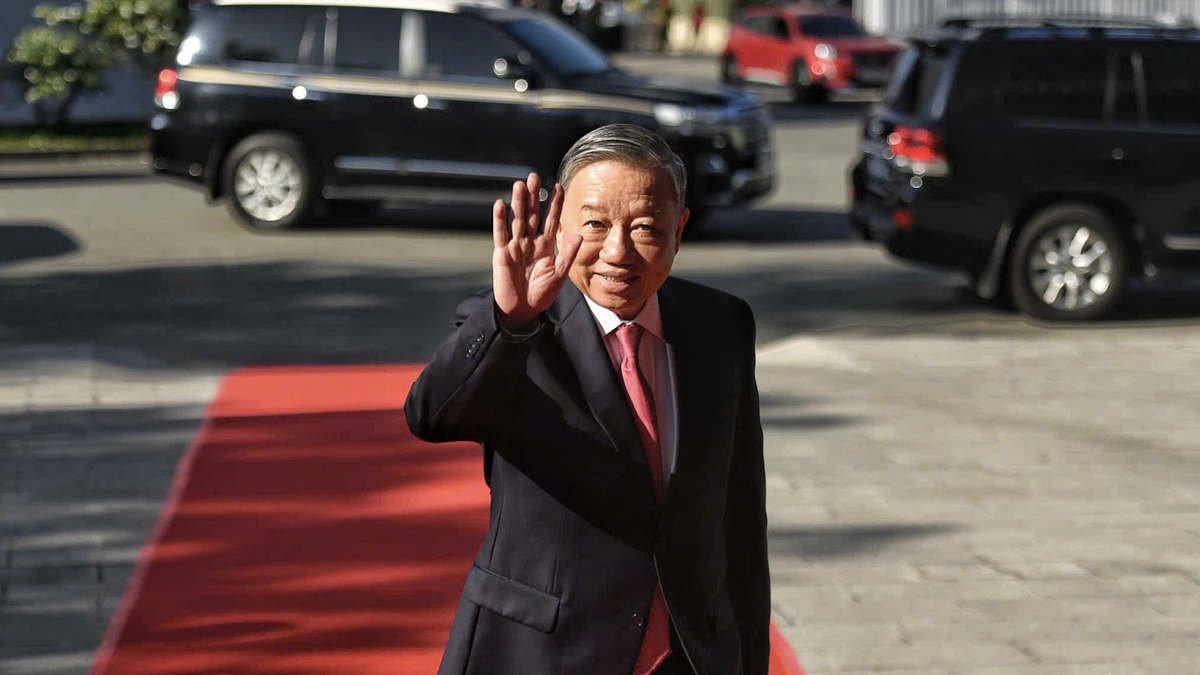
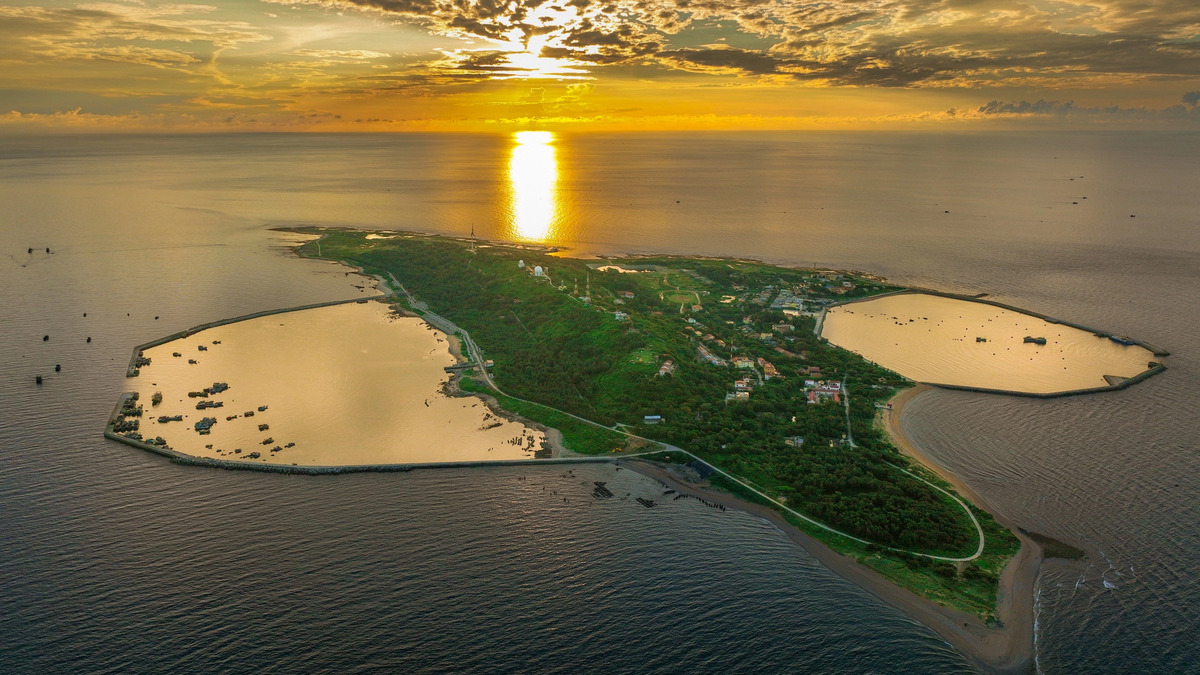

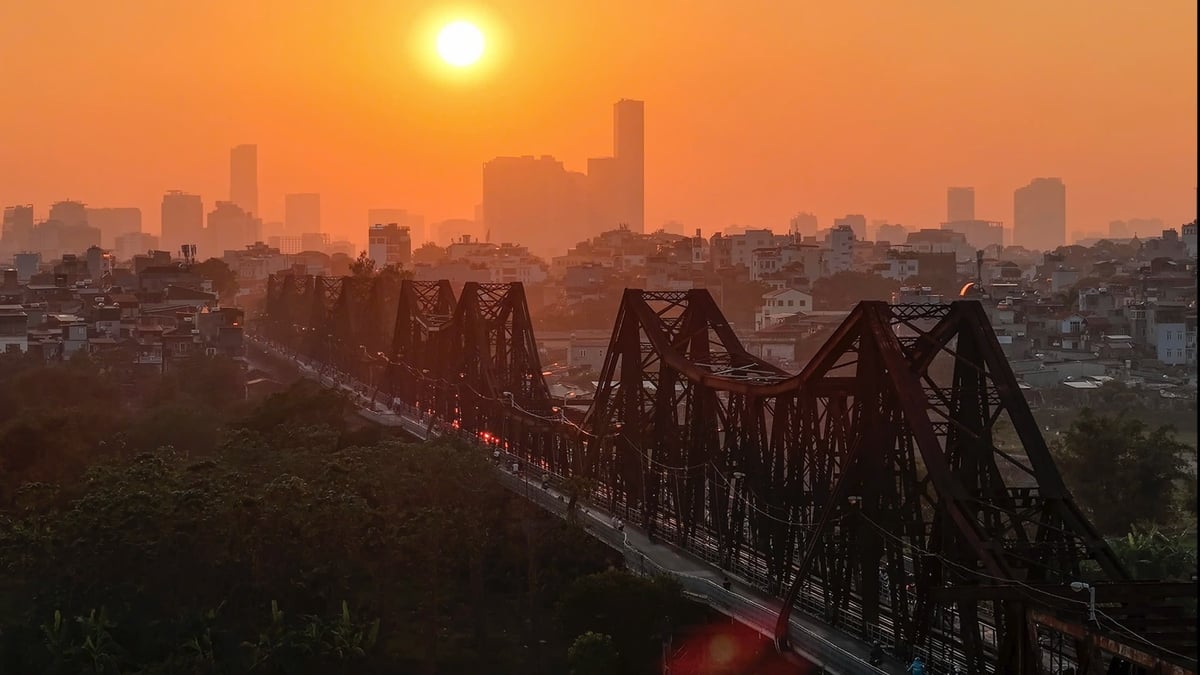
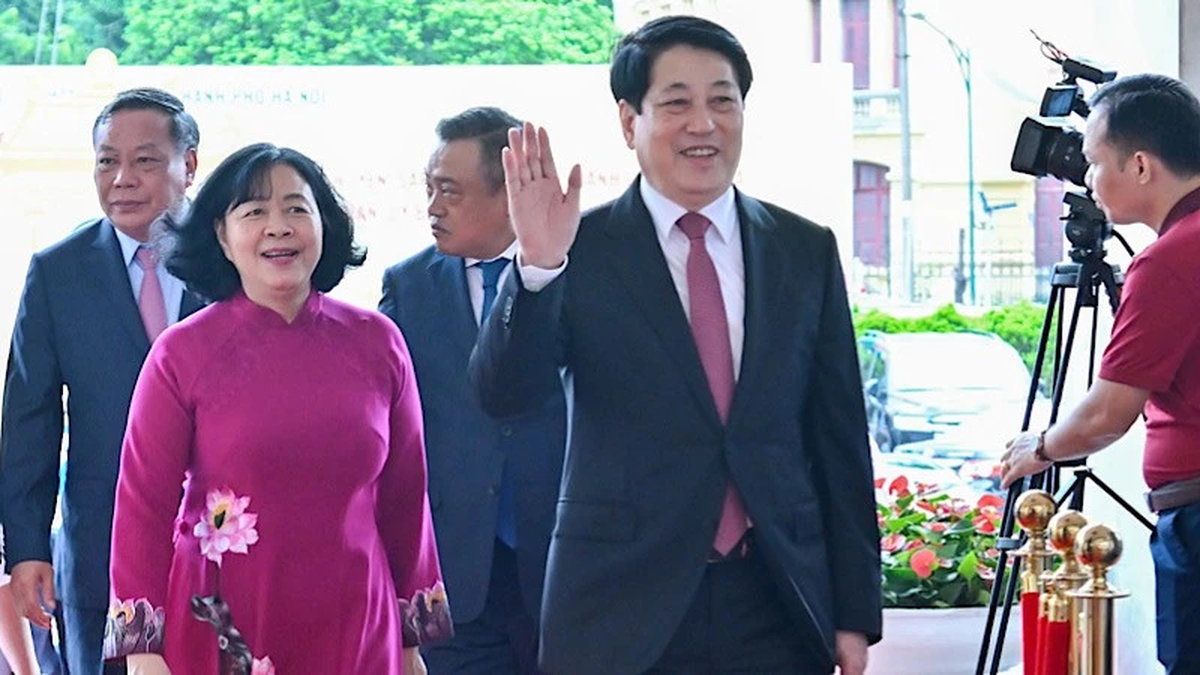

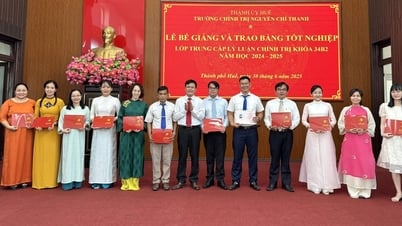



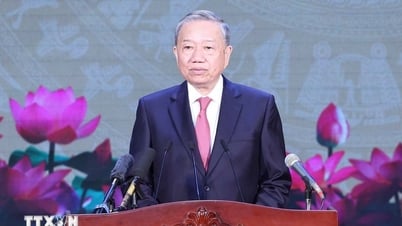






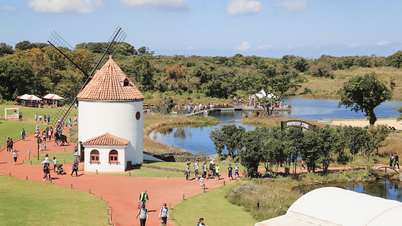

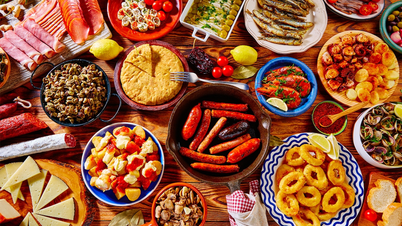
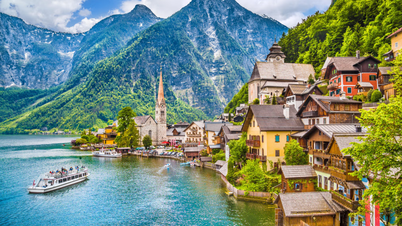
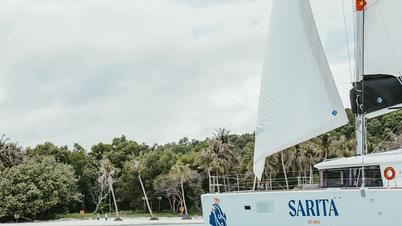
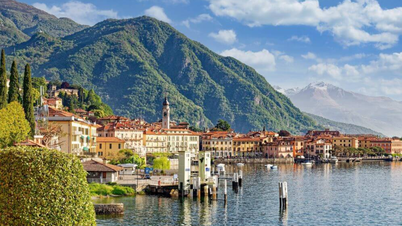
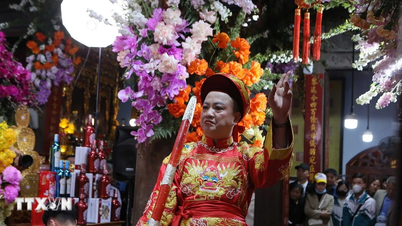

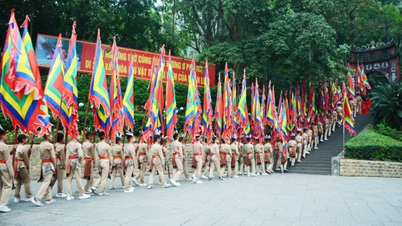

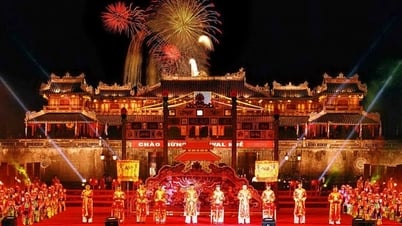

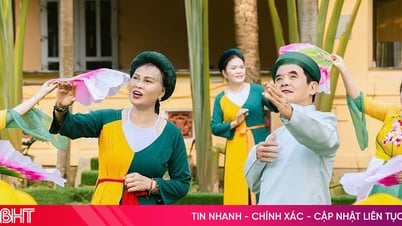




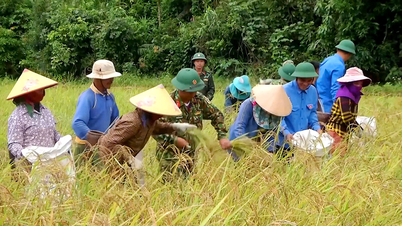
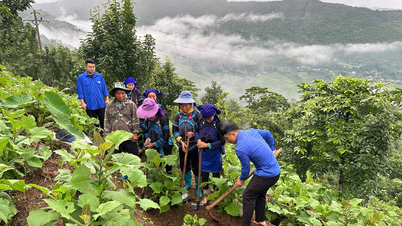
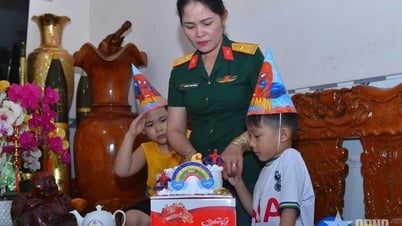
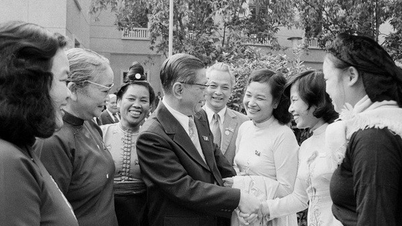
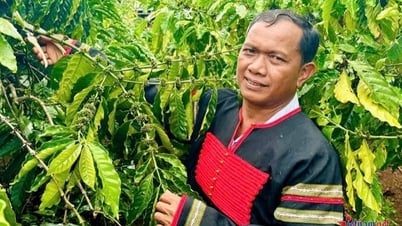

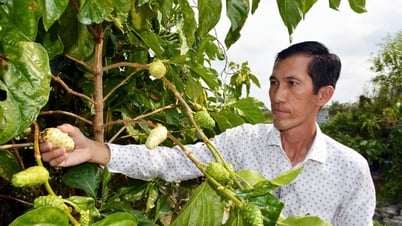




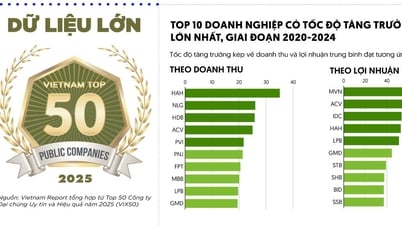






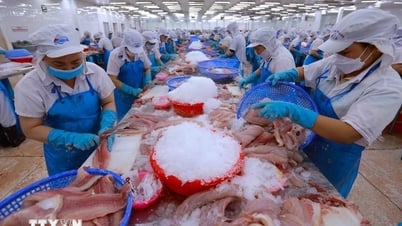

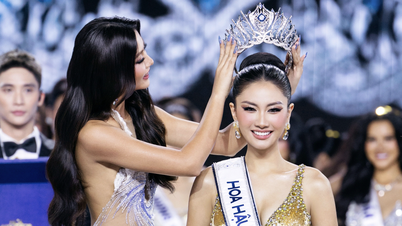

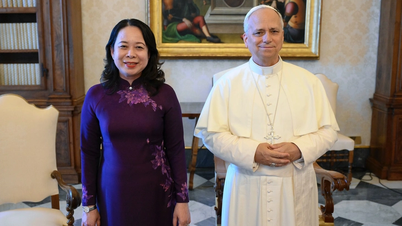







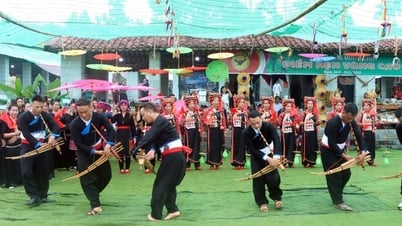


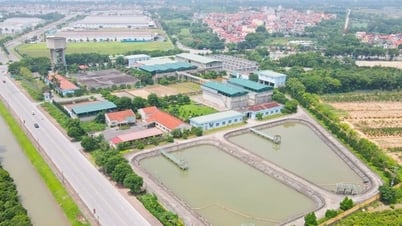

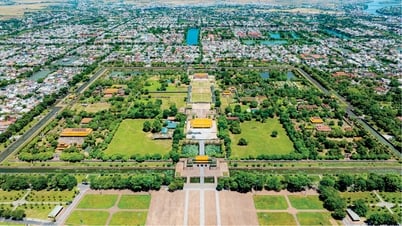
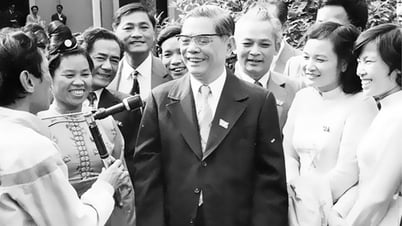
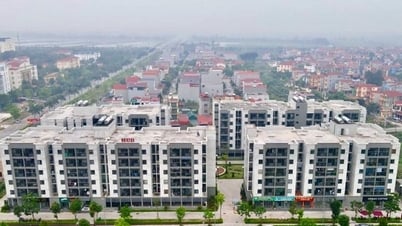








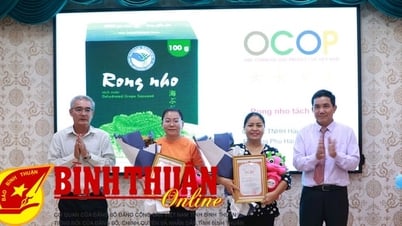



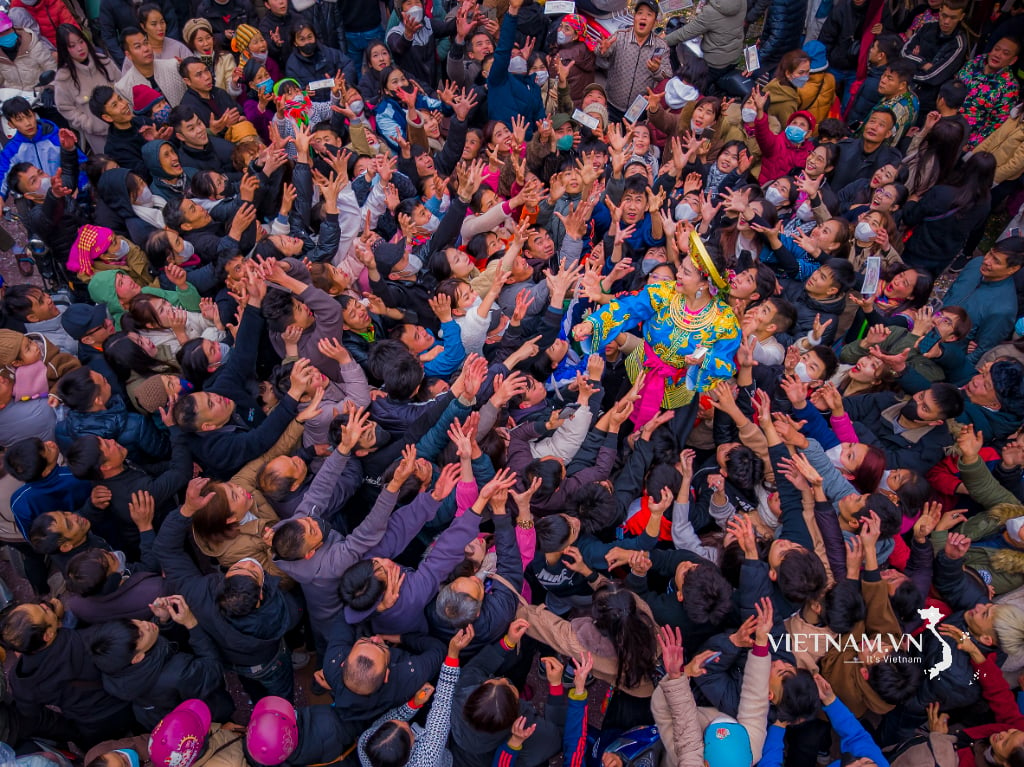

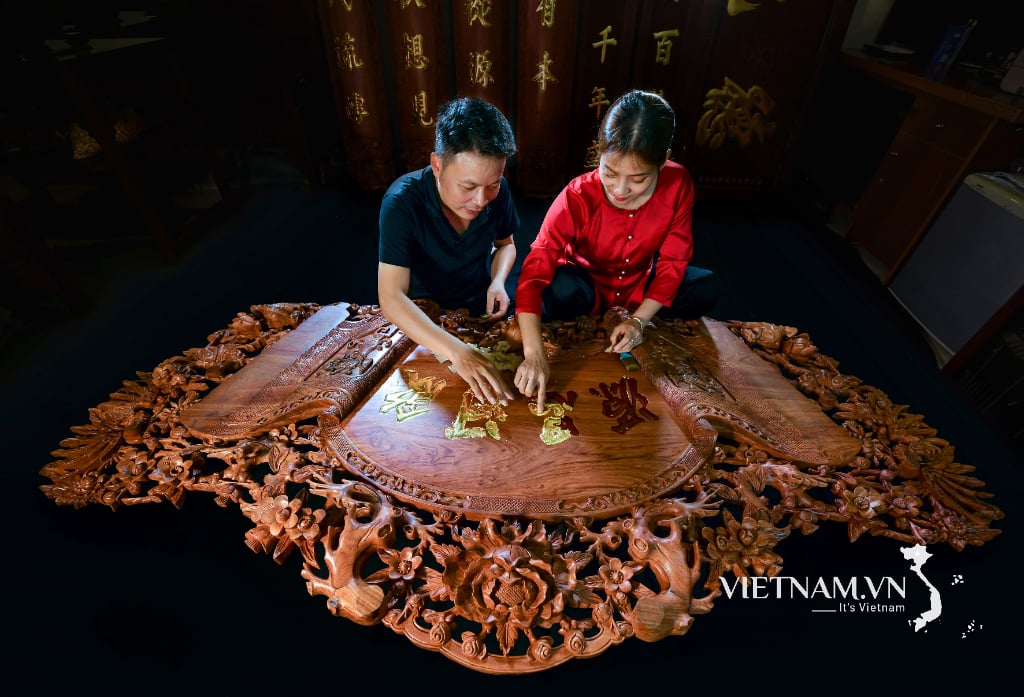

Comment (0)